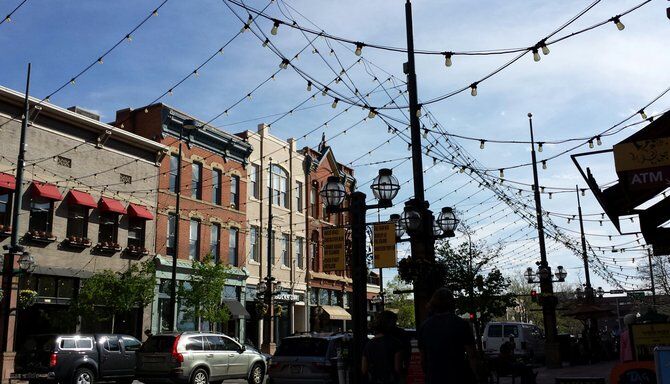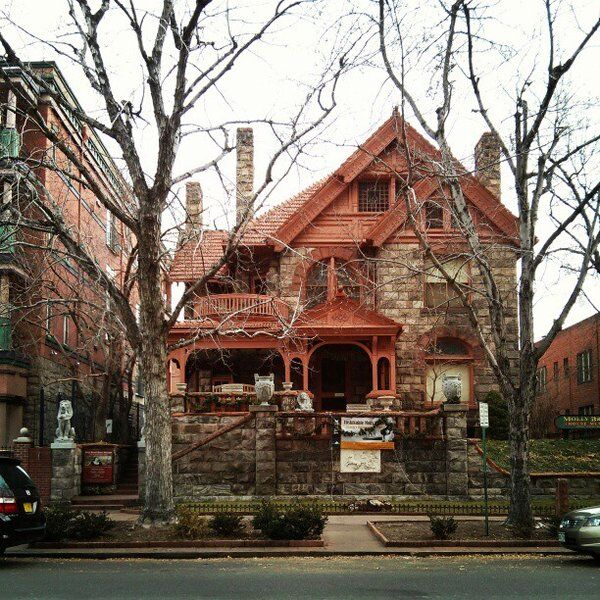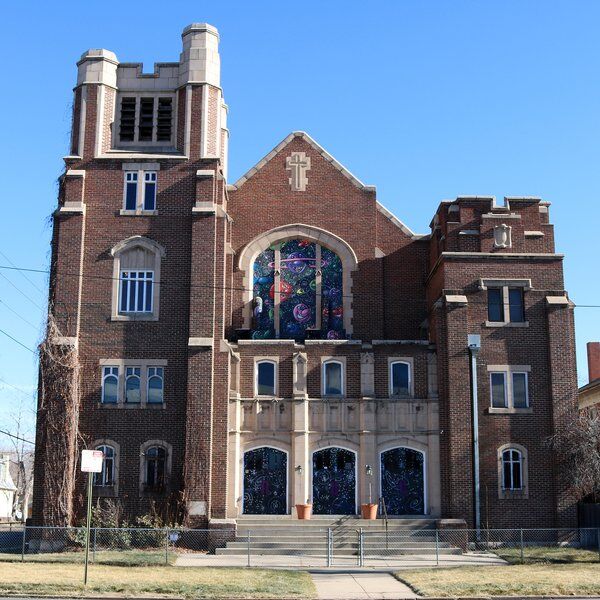
The Origins of Larimer Square
Denver was founded in November 1958 by William Larimer Jr across Cherry Creek from the already established town of Auraria. Larimer named the city after the Governor of Kansas Territory, James Denver. He then named its main street and square after himself. Larimer Square was born.
The Early Success of Larimer Square
Denver and Auraria were merged into one city in 1860. Across the course of the following decade Larimer St became the city's main thoroughfare, helped in no small way by the Great Fire of 1863 which devastated rival streets.
Across the course of the 1870s and 80s some of the city's most important early businesses set up shop along it and in 1871 it became home to Denver's first streetcar line.
Some of the buildings built during this period can still be found in Larimer Square today, including the Kettle Building (1873), a former butcher shop ran by George Kettle; and Lincoln Hall (1887) which originally housed a dance hall.

The Steady Decline of Larimer Square
By the 1890s Larimer Street was declining fast. Signs this might happen began as early as 1880 when Horace Tabor's Tabor Block was developed on the corner of Larimer and 16th but with its main entrance facing onto 16th. Over the decade that followed Tabor developed several more buildings on 16th quickly turning it into a shopping and entertainment hub.
A similar thing happened simulataneously with 17th regarding banking and finance buildings.
This all came at the expense of Larimer, big businesses now viewing it as old news and moving instead to its nearby rivals.
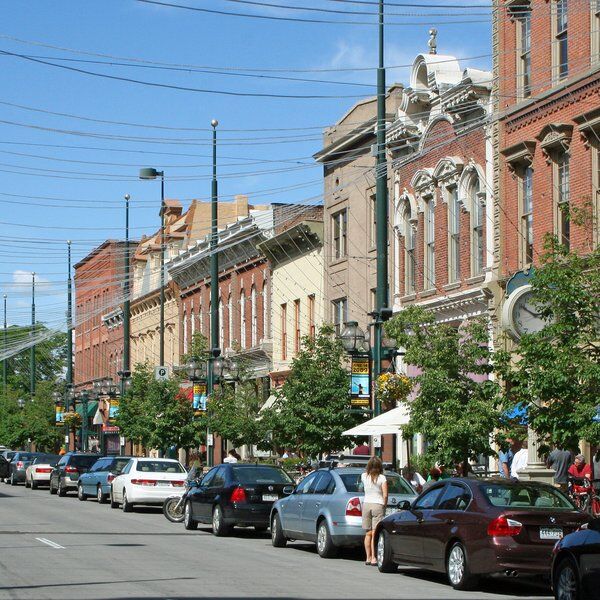
Larimer Square Becomes a Skid Row
The 1893 depression saw Larimer's state worsen further still and by 1900 it was regarded by many as a Skid Row.
Its decline continued into the 20th century despite the best efforts of the smaller businesses that remained there. Hoping to reverse the street's fortunes with a rebrand they campaigned to have its name changed to Main Street, but this in the end amounted to nothing.
More and more respectable institutions moved elsewhere and the street soon became a place of liquor stores, bars, pawn shops and flop houses.

Larimer Square Almost Disappears
In 1958 a committee proposed the levelling of several derelict parts of the city in preparation for a complete rebuild. Larimer Street was one of the outlined places. The proposal took almost a decade to find approval however and in the intervening period Larimer found itself a new admirer.
Dana Crawford, whilst searching for antiques in the area, noticed many of the buildings were antiques themselves. This motivated her to try to save them.
She campaigned successfully for Larimer Square to be made into a historic entertainment district and, whilst other rundown parts of the city were bulldozed, it instead was restored.
Its buildings were gutted and completely refurbished. Courtyards and charming arcades were added. A new Larimer Square was born.
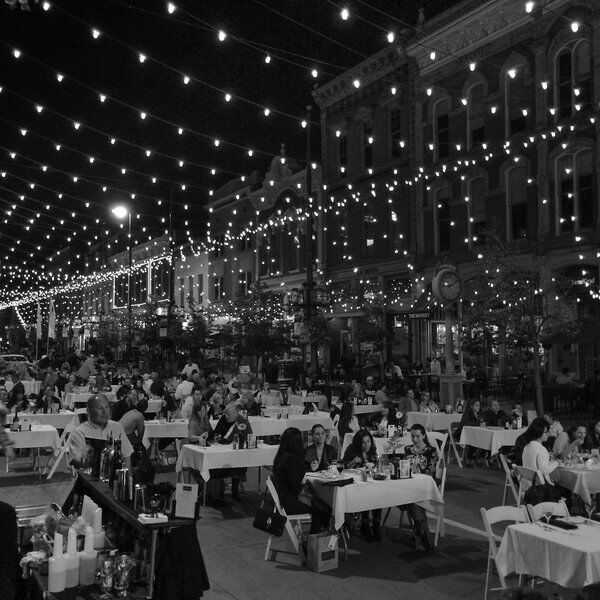
Larimer Square Today
Subsequent redevelopment projects have wiped out many other historic parts of the city making Larimer Square today one of the best preserved instances of 19th century Denver.
What once was a Skid Row is now a charming area full of cafes, restaurants, shops, offices and galleries, all based in and around authentic 19th century buildings. If you are anywhere near the city centre it is well worth a visit.
Interested in finding more places like this? Try one of our CityDays Urban Exploration Games - untangle cryptic clues as a team, as you are taken on a journey to the most unique, unusual and bizarre corners of cities around the world.
